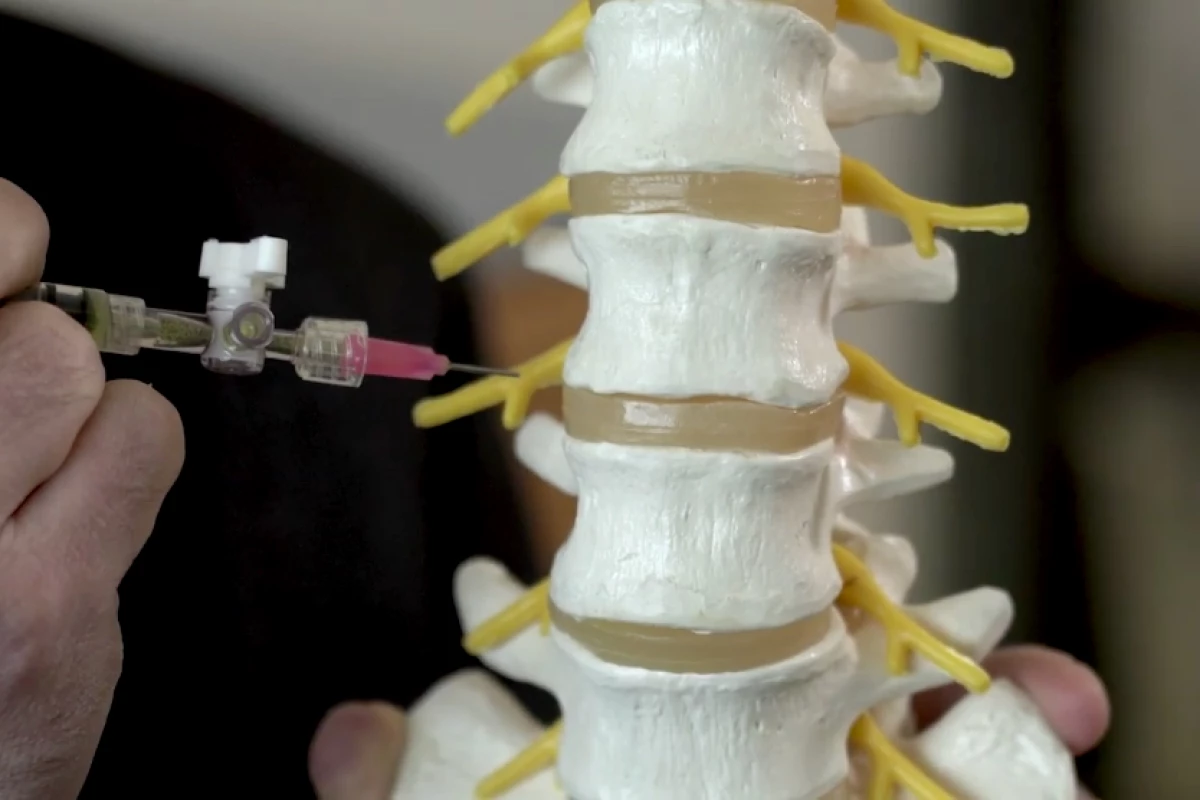Not only are herniated discs painful and debilitating, but treatments for them leave something to be desired. A new technique, however, may be more effective than anything that's come before.
Between each of our vertebra is a shock-absorbing spinal disc, which consists of a rubbery exterior known as the annulus and a jellylike "filling" called the nucleus. Herniated discs occur when a tear in the annulus allows some of the nucleus to leak out and bulge into adjacent nerves, irritating them.
Surgical treatments typically involve either removing the protruding nucleus and then sewing up the tear in the annulus – leaving the disc "deflated" – or refilling the disc with a replacement material, which may eventually also leak out through the unpatched hole.
Led by Cornell University's Prof. Lawrence Bonassar, scientists from the US and Italy have developed a procedure that combines the refilling with the patching. It's performed after a discectomy, which is the standard process for removing the leaked nucleus material.
Initially, a hyaluronic acid gel is injected into the disc, essentially reinflating it. Next, a collagen/riboflavin gel is applied to the tear in the annulus. When that gel is subsequently exposed to a high-intensity light source, the photoactive riboflavin is activated. This causes the collagen fibers to cross-link with one another, forming a solid patch. Over time, cells from the surrounding annulus migrate into that patch, gradually replacing it with natural biological tissue.

The process reportedly only takes five to 10 minutes (after the initial hour-long discectomy), and has already been successfully trialed on sheep.
"This is really a new avenue and a whole new approach to treating people who have herniated discs," says Bonassar. "We now have potentially a new option for them, other than walking around with a big hole in their intervertebral disc and hoping that it doesn’t re-herniate or continue to degenerate. And we can fully restore the mechanical competence of the disc."
A paper on the research was recently published in the journal Science Translational Medicine.
Sources: Cornell University, American Association for the Advancement of Science via EurekAlert




